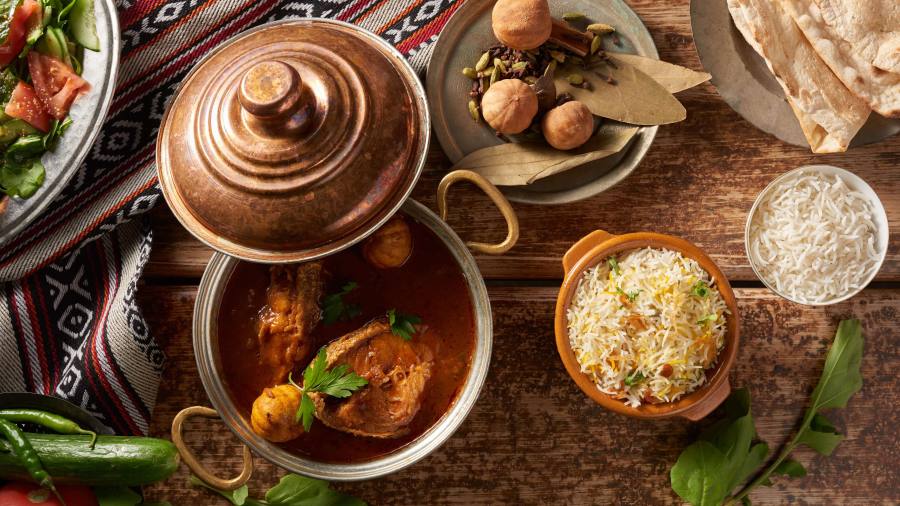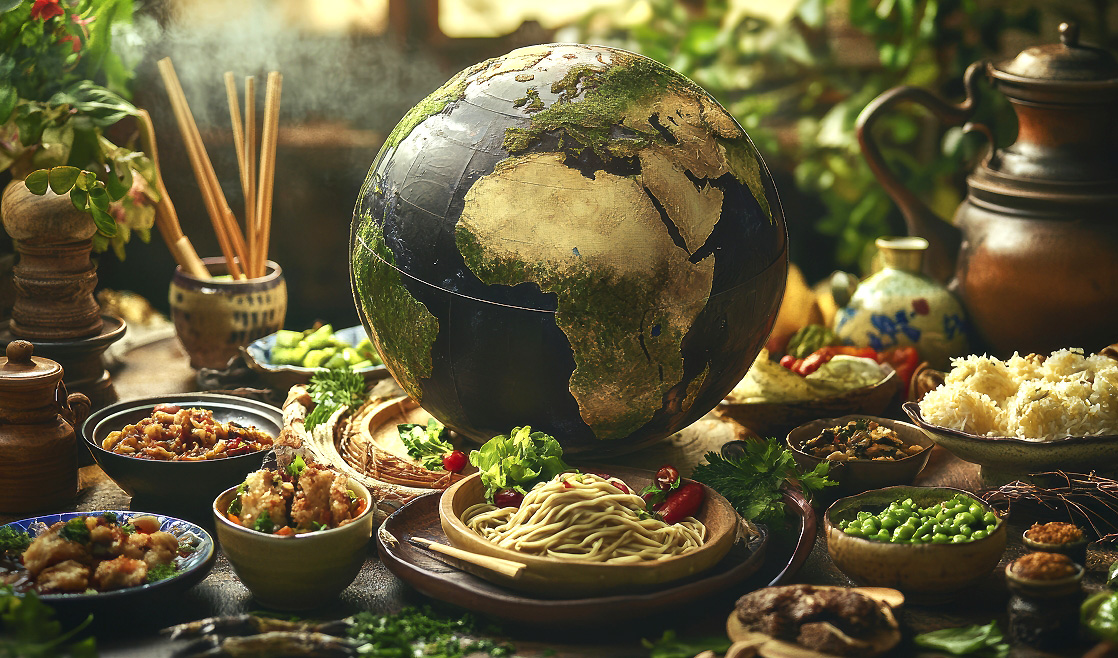American Taste
Clam Chowder
Clam chowder, a cherished American soup, traces its roots back to the 18th century. This satisfying dish has developed into numerous regional interpretations, each boasting its own distinctive taste profile and components. Whether you're partial to the velvety New England variety or the zesty Manhattan version, there's a clam chowder to suit every palate.
Chef's Notes:
- Clam chowder boasts diverse regional variations, with New England and Manhattan styles being the most renowned.
- The primary distinction between styles lies in the base: creamy for New England, tomato-based for Manhattan.
- Preparing clam chowder at home is straightforward and offers ingredient selection and consistency flexibility.
The Origins of Clam Chowder
The precise beginnings of clam chowder remain somewhat clouded in mystery, though it's commonly believed that French, Nova Scotian, or British colonists introduced it to the New England region. By the 1700s, it had become a staple dish in the area, cherished for its comforting and savory qualities.
Curiously, clams weren't always the primary ingredient. Early chowders often incorporated whatever seafood was readily available, along with vegetables and crackers for thickening. Potatoes later became a popular addition, prized for their hearty texture and flavor.
Regional Varieties
New England Clam Chowder
New England clam chowder is arguably the most recognizable variant. It's distinguished by its creamy white base, typically crafted with milk or cream. The soup features tender clams, cubed potatoes, and onions, and frequently includes salt pork or bacon for enhanced flavor.
This version is celebrated for its rich, silky texture and mild, soothing taste. The sweetness of the cream perfectly balances the briny flavor of the clams. In fact, Maine takes this style so seriously that they enacted a law in 1939 prohibiting the use of tomatoes in clam chowder!
Manhattan Clam Chowder
Manhattan clam chowder presents a striking contrast to its New England counterpart. Rather than a creamy base, it employs a clear, tomato-based broth. This results in a distinctive red hue and tangy flavor profile.
Alongside clams and potatoes, Manhattan chowder often incorporates an assortment of vegetables such as carrots, celery, and bell peppers. The introduction of this version sparked considerable controversy, with some New Englanders viewing it as an insult to traditional clam chowder.
Other Regional Variations
- Rhode Island Chowder: Resembles New England style but features a clear broth derived from clam juice.
- Delaware Chowder: Frequently includes an array of seafood and corn in addition to clams.
- Minorcan Chowder: Found in Florida, this variant incorporates datil peppers for a sweet and spicy kick.
Making Clam Chowder at Home
Crafting your own clam chowder at home is more straightforward than you might imagine. Here's a simple recipe for New England-style clam chowder:
Ingredients:
- 4 slices bacon, diced
- 1 onion, diced
- 2 celery stalks, chopped
- 3 potatoes, peeled and cubed
- 1 cup clam juice
- 1 bay leaf
- 1/4 cup flour
- 3 cups milk
- 2 (6.5 oz) cans chopped clams, with juice
- Salt and pepper to taste
- Fresh parsley for garnish
Instructions:
1. In a large pot, cook bacon until crispy. Remove and set aside, reserving the fat in the pot.
2. Sauté onion and celery in the bacon fat until softened.
3. Add potatoes, clam juice, and bay leaf. Simmer until potatoes are tender.
4. Whisk flour and 1 cup of milk until smooth in a separate bowl.
5. Incorporate this mixture into the pot, along with the remaining milk.
6. Cook, stirring frequently, until the soup thickens.
7. Add clams with their juice and cook for 5 minutes.
8. Season with salt and pepper to taste.
9. Serve hot, garnished with crispy bacon bits and fresh parsley.
Nutrition Facts
Nutrient amount per serving:
-
- Calories: 250
- Total Fat: 10g
- Saturated Fat: 4g
- Cholesterol: 40mg
- Sodium: 650mg
- Total Carbohydrates: 25g
- Dietary Fiber: 2g
- Protein: 15g
Tips for Perfect Clam Chowder
To enhance your homemade clam chowder, consider these suggestions:
- Opt for fresh clams when possible, though high-quality canned clams are a suitable alternative.
- Avoid overcooking the clams to prevent them from becoming tough and rubbery.
- For a thicker consistency, allow the chowder to simmer longer, concentrating the flavors.
- Accompany with oyster crackers or crusty bread for dipping.
Keep in mind, that the beauty of preparing chowder at home lies in your ability to adjust ingredients and consistency to your preference. Don't hesitate to experiment!
FAQs
What's the difference between New England and Manhattan clam chowder?
The key distinction lies in the base. New England clam chowder features a creamy, milk-based broth, while Manhattan clam chowder utilizes a tomato-based broth. This results in contrasting flavors and appearances, with New England being white and creamy, and Manhattan being red and more broth-like.
Can I use canned clams instead of fresh?
Certainly! While fresh clams can offer a more intense flavor, high-quality canned clams serve as a convenient and delicious alternative. They're also more economical and allow for year-round clam chowder preparation.
How long does clam chowder last in the refrigerator?
When stored properly in an airtight container, clam chowder can last 3-4 days in the refrigerator. However, for optimal flavor and texture, it's advisable to consume it within 1-2 days.
Can clam chowder be frozen?
Yes, clam chowder can be frozen, though the texture may alter slightly upon thawing due to the dairy content. If freezing is planned, consider omitting the dairy and adding it when reheating the soup.
What can I serve with clam chowder?
Clam chowder is traditionally served with oyster crackers, saltines, or a slice of crusty bread. A simple green salad can also provide a pleasant contrast to the rich soup.





























 Gastronomy Cities
Gastronomy Cities
 Amazing Food
Amazing Food
 Chef's Talk
Chef's Talk